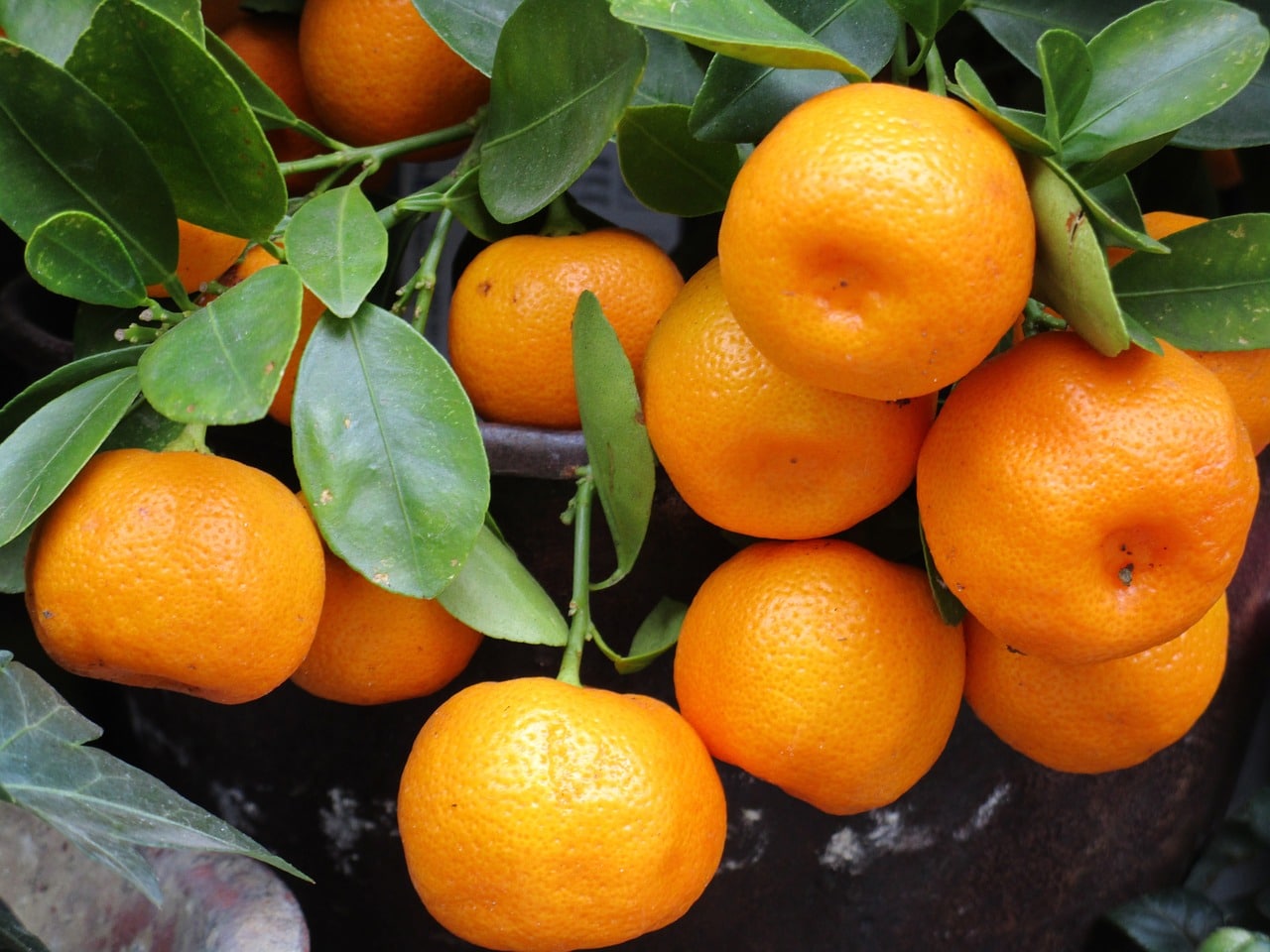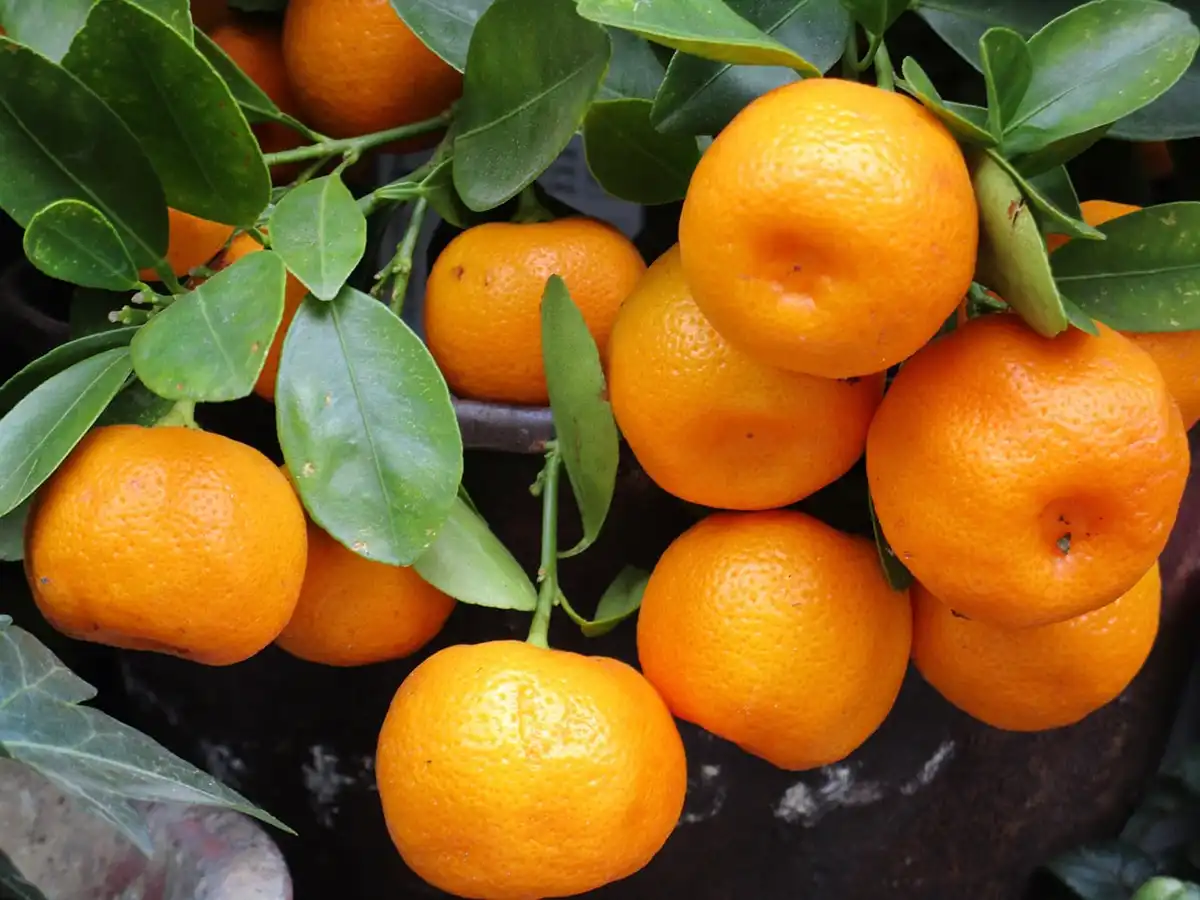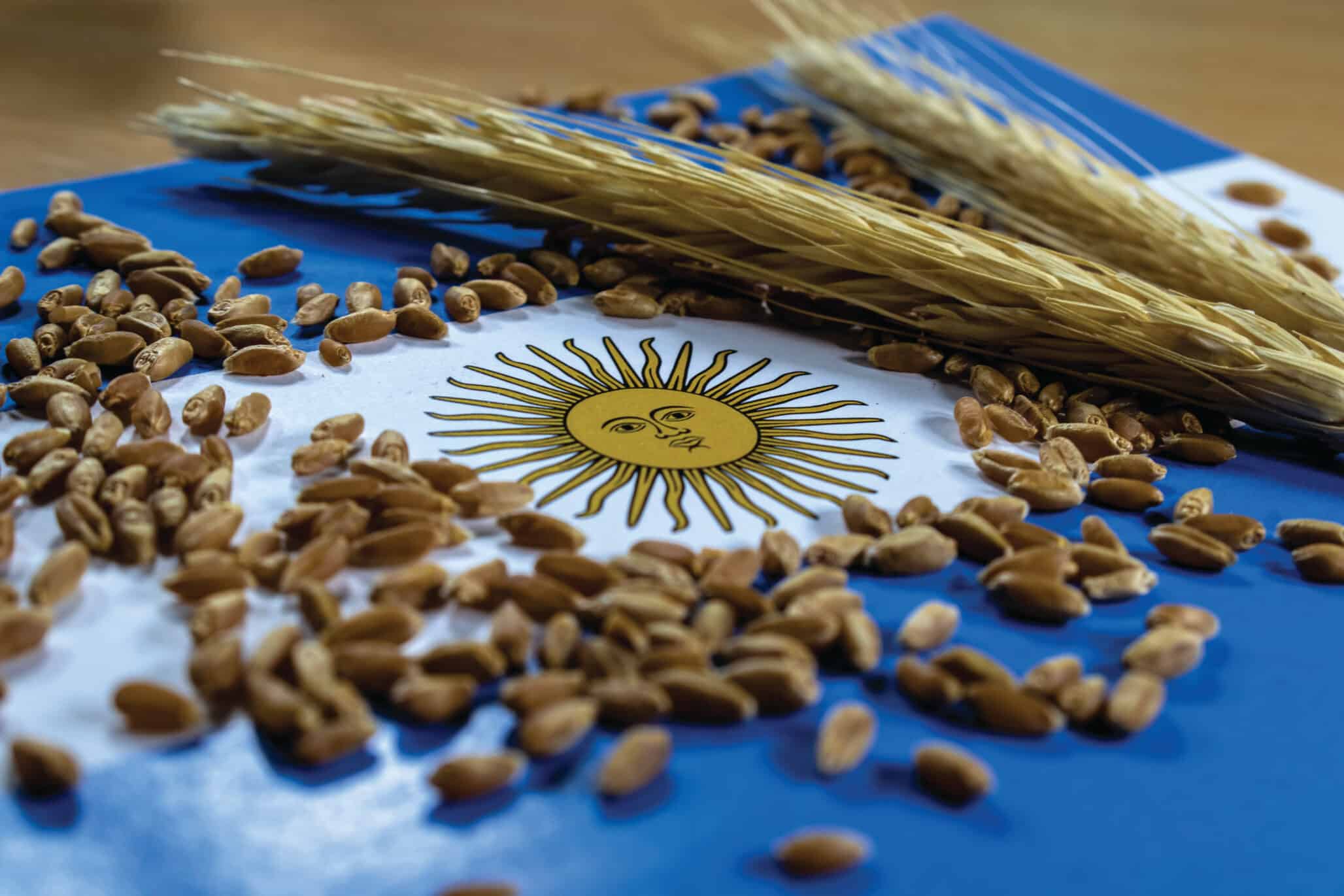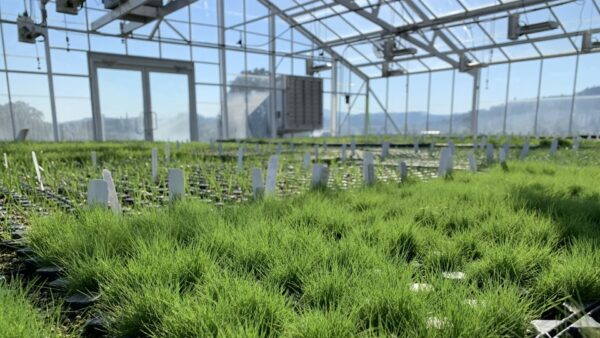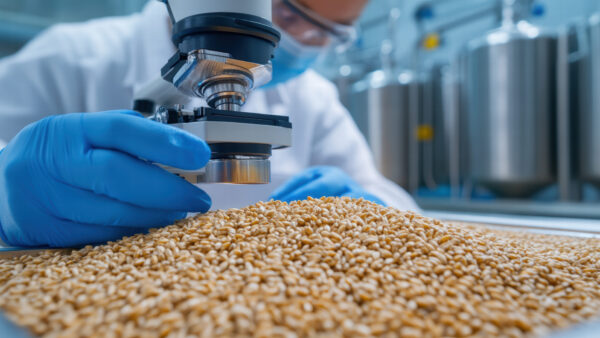The Community Plant Variety Office (CPVO) is an agency of the European Union, located in Angers, France. Its task is to administer the EU system of plant variety protection. The agency was created to encourage the creation of new plant varieties in the EU, through the provision of better intellectual property protection for plant breeders. The CPVO manages the largest regional system of plant variety rights, based on the 1991 Act of the UPOV Convention, in the world. Since the creation of the CPVO in 1995, the office has received over 68,000 applications — of which it granted over 53,000 — with over 28,000 titles still currently in force. As the CPVO is celebrating its 25th anniversary, it was a good moment for European Seed to sit down with CPVO President Martin Ekvad.
European Seed (ES): Martin, the Community Plant Variety Office is now 25 years in existence. How have the developments been?
Martin Ekvad (ME): The past 25 years have been an amazing journey! We feel privileged to contribute to the development of a fascinating sector, working with breeders and farmers who are passionate about new plant varieties, with experts from national public authorities and with innovative leaders from the industry.
But the CPVO is above all a success story for all plant breeders who are granted, with one single application, a Community Plant Variety Right (CPVR) that protects them everywhere in the European Union. Let us not forget that, at the beginning of the 1990s, breeders had to file individual applications in every European country which provided for protection and where they wanted protection.
There were huge expectations from the industry at the time the CPVO was established in 1995 and, after six months, the CPVO had already received over 3,000 applications. That number dropped by half in 1996 and has increased year after year since then to exceed 3,500 applications in 2018 and 2019.
Today, there are almost 30,000 CPVR in force and the CPVO granted more than 3,000 titles in one calendar year for the first time ever in 2019 — with almost half of those being for ornamentals (46,6%), more than a quarter for agricultural crops (27,6%) and the rest for vegetables (18,7%) and fruits (6%).
I would draw two conclusions out of this. First, through the creation of a uniform and harmonized system in 1995, equally applicable in all EU Member States, legal certainty was improved and barriers to entry within the internal market reduced. Second, the CPVO has become the natural choice to plant breeders looking for plant variety protection in the EU.
ES: So, it is a very good running system, and others wish to copy that. Do you carry out any outreach?
ME: One of the key success factors of an organisation like the CPVO lies in its ability to work hand in hand with EU and national authorities, and to remain open and constructive with a wide range of stakeholders from the private sector. We also cooperate with public authorities from outside the EU.
The CPVO has always been keen to involve breeders’ organisations in its work: Euroseeds, CIOPORA and Plantum are observers to the CPVO Administrative Council, and bilateral meetings are held with organisations such as AIPH and ECO-PB on a yearly basis.
We participate in all sorts of events organised in close co-operation with the industry to inform relevant professionals and the public about the CPVR system. We are also partners in a series of ventures with other IP offices in the EU Member States as well as with the International Union for the Protection of New Varieties of Plants (UPOV), European Union Intellectual Property Office (EUIPO), European Patent Office (EPO), United States Patent and Trademark Office (USPTO), United States Department of Agriculture (USDA), Ministry of Agriculture, Forestry and Fisheries (MAFF), China, African Regional Intellectual Property Organization (ARIPO) and Organisation Africaine de la Propriété Intellectuelle (OAPI).
The CPVO has been directly involved in important international projects funded by the EU. For instance, we are currently providing know-how and training to the OAPI office and its member states so that they can learn from experiences made in the EU on technical and administrative procedures. The overall aim is to support efficient agricultural policies and food supply. Innovation and plant breeding are one important piece in achieving such goals. Uniform or at least similar IP systems in the EU and Africa contributes to these aims.
The CPVO is also active in the EU funded IP Key South-East (IPKEY) project, which aims at updating and harmonising IP standards with important EU trading partners. In this context, we have been promoting UPOV based PVR systems in China, Latin America and Association of Southeast Asian Nations (ASEAN) countries and we have shared the experience gained in the EU. A similar project targeting Caribbean countries will also see CPVO’s involvement in the coming months.
I believe that it is CPVO’s duty to share our expertise gained through the 25 year-long experience of managing the CPVR system and it is important that CPVO promotes the relevance of the 1991 Act of the UPOV Convention worldwide so that European consumers benefit from higher quality products and European breeders can perform in a global level-playing-field.
ES: What would you say are the main achievements of the CPVO?
ME: One thing is sure, the creation of the EU plant variety right system in the mid 1990s was an excellent decision for Europe. One application, one language, one procedure and one decision for a Plant Variety Right valid in all EU Member States. And while the CPVO administers the PVP system, the technical work is done by Examination Offices throughout the EU. An excellent way to share the tasks at hand!
The CPVR system, based on the 1991 Act of the UPOV Convention, is the largest and most efficient regional system for plant variety rights’ protection. Over the past 25 years, the CPVO processed nearly 70,000 applications and granted over 53,000 plant variety right’s titles. Today, almost 30,000 new plant varieties are being protected in the European Union by the CPVO.
The CPVO has become a centre of excellence in the sense that technical and legal expertise from the EU Member States co-operate in the CPVO network and contribute to smart solutions available to all. I believe this role will increase as digitalization and the use of common IT tools are becoming increasingly important. To centralize this work instead of having various national solutions seems vital.
By way of example, since 1995, the CPVO received applications for varieties belonging to more than 2,000 botanical taxa and over 200 technical protocols have been drafted in close cooperation with national experts and adopted by the CPVO Administrative Council.
The protocols are mandatory to be used for Community Plant Variety Protection and for EU Member States for both national plant variety rights and listing purposes. This has led to significant harmonisation in variety testing and as a consequence to an increased transparency and improved legal certainty for applicants to the EU system.
ES: Which are some of the challenges that remain?
ME: Both the EU and the world are very different today than they were 25 years ago.
At the CPVO, we are convinced that plants have a great role to play in addressing today’s sustainability challenges. New plant varieties enable farmers to grow healthier plants using fewer natural resources, such as water and soil surface, or resisting to harsher climatic conditions or aggressive pests and diseases.
One of the first priorities of the newly elected European Commission led by President von der Leyen is a new flagship policy called the “European Green Deal”. It is an integral part of the European Commission’s strategy to implement the United Nation’s 2030 Sustainable Agenda and the Sustainable Development Goals.
It is important for the CPVO to reflect on how best we can contribute to this flagship policy but also to assess new R&D trends and to analyse policy and regulatory updates which could impact CPVO’s work in the future. Let’s think, for instance, of the new EU Intellectual Property strategy to support EU’s industrial competitiveness or the debate around EU GMO rules and the impact on new breeding techniques.
From an operational viewpoint, we constantly look at improving the CPVR system in order to meet breeders’ expectations in the best possible way.
As mentioned above, one of my priorities is to foster CPVO’s digital transformation with more user-friendly digital processes and services. It is also good news that the CPVO application system is now connected to the new-born UPOV PRISMA system which should facilitate the life of breeders that are active in the EU as well as in other jurisdictions.
Finally, I still think that it would be to the benefit to all stakeholders if the CPVO will be tasked to be in charge of the Common Catalogue, currently managed by the European Commission. This will require more resources and we will be in search of highly qualified people in the fields of IT and biotechnology.
ES: How is Brexit affecting the work of the CPVO?
ME: When the UK announced its intention to leave the EU, the CPVO initiated a procedure together with the EU27 examination offices to ensure that there would be competence in the EU to test varieties of the species that were until then only carried out in the UK.
The CPVO stopped to request the UK to perform tests on behalf of the CPVO. The designation agreements that the CPVO had entered into with the UK-based examination offices expired on the date of the UK’s departure from the EU on 31 January 2020. As a consequence, Distinctness, Uniformity and Stability (DUS) reports established by the UK examination offices cannot be used anymore by the CPVO as basis for granting a Community plant variety right.
Since 1 February 2020, the United Kingdom has withdrawn from the EU and has become a ‘third country’. The Withdrawal Agreement provides for a transition period ending on 31 December 2020 and, until that date, EU law in its entirety applies to and in the United Kingdom.
During the transition period, it is “business as usual” for applicants and plant variety right holders in the EU. Once the transition period will end, applicants and holders of Community plant variety rights established in the UK will have to designate a procedural representative domiciled or having a seat in the EU territory. All in all, the work of the CPVO has not been severely affected.
The major effect will be on applicants who, after the transition period, will need to file applications in the EU and the UK if they desire protection under both jurisdictions. This would increase the administrative burden and potentially take more time and increase costs.
We often receive requests regarding potential co-operation with the UK after the transition period. However, this question will have to be addressed once the EU and the UK have agreed on the overall structure of the future cooperation.
ES: What is your take on the use of molecular tools in variety testing?
ME: I believe that the use of molecular tools in variety testing has just started and in the medium term we will see major developments. As a world leading PVP Office we must be in the front row and make use of new technologies that can improve and make testing more efficient. For this reason, biomolecular and molecular techniques (BMTs) are among CPVO’s R&D priorities. While DUS examination models presently rely on phenotyping assessment, we support the development of BMTs in the sense that it can be of great help to increase plant variety tests’ efficiency and accuracy.
The CPVO participates actively in the UPOV BMT working group and we have also set up an expert group to look into these issues. This group is called IMMODUS and stands for “integration of molecular data into DUS testing”. It is limited to a number of selected experts, mainly Europeans, and functions on the one hand like a “think tank” that reflects on the use of BMTs and on the other hand, assesses and proposes concrete R&D projects including experimentation and trials such as genetic and epigenetic markers, for variety testing. We hope that R&D projects in this field will lead to the creation of common databases and efficiencies in DUS testing.
“Editor’s Note: this is part 1 of Celebrating 25 Years of CPVO. Part 2 is planned to come out in August 2020”



